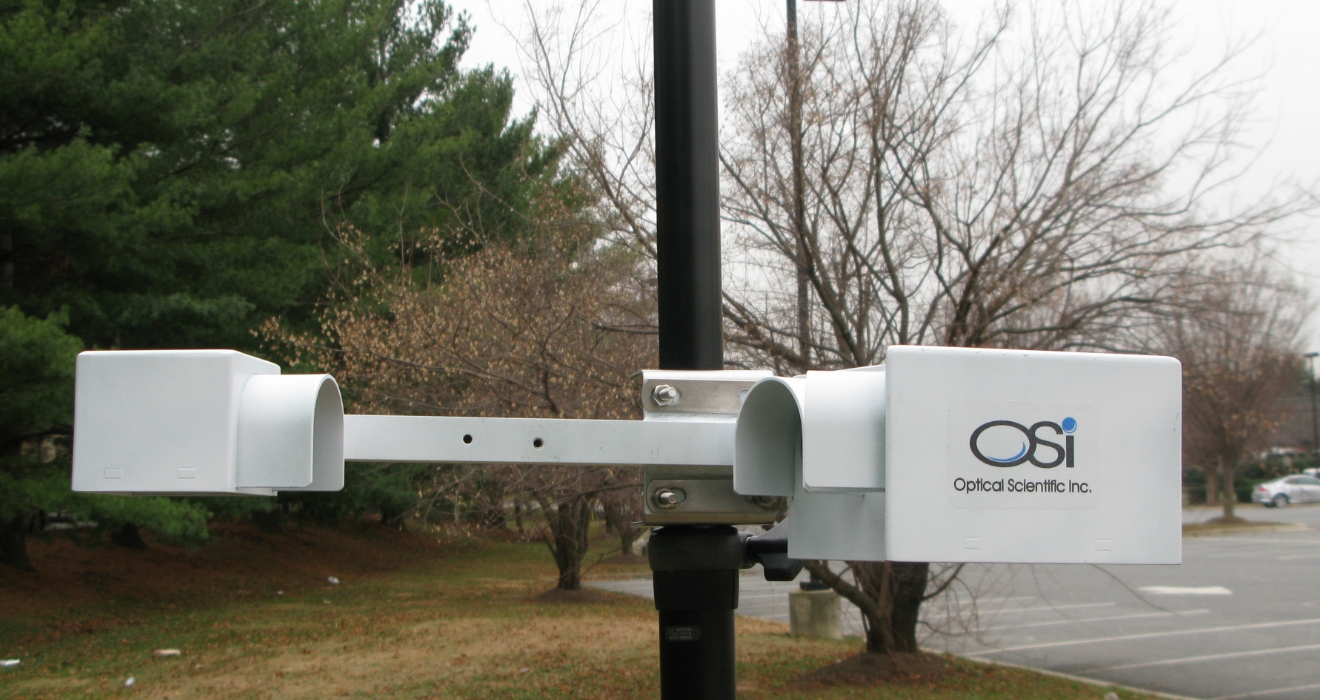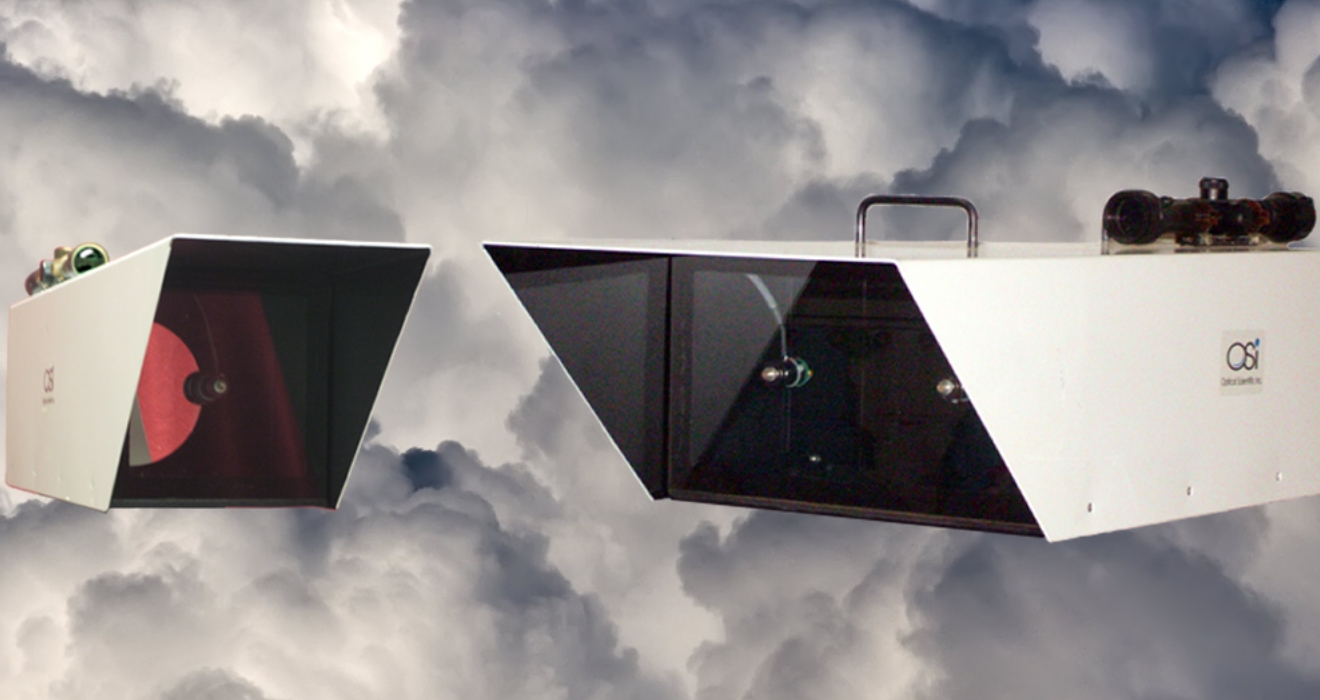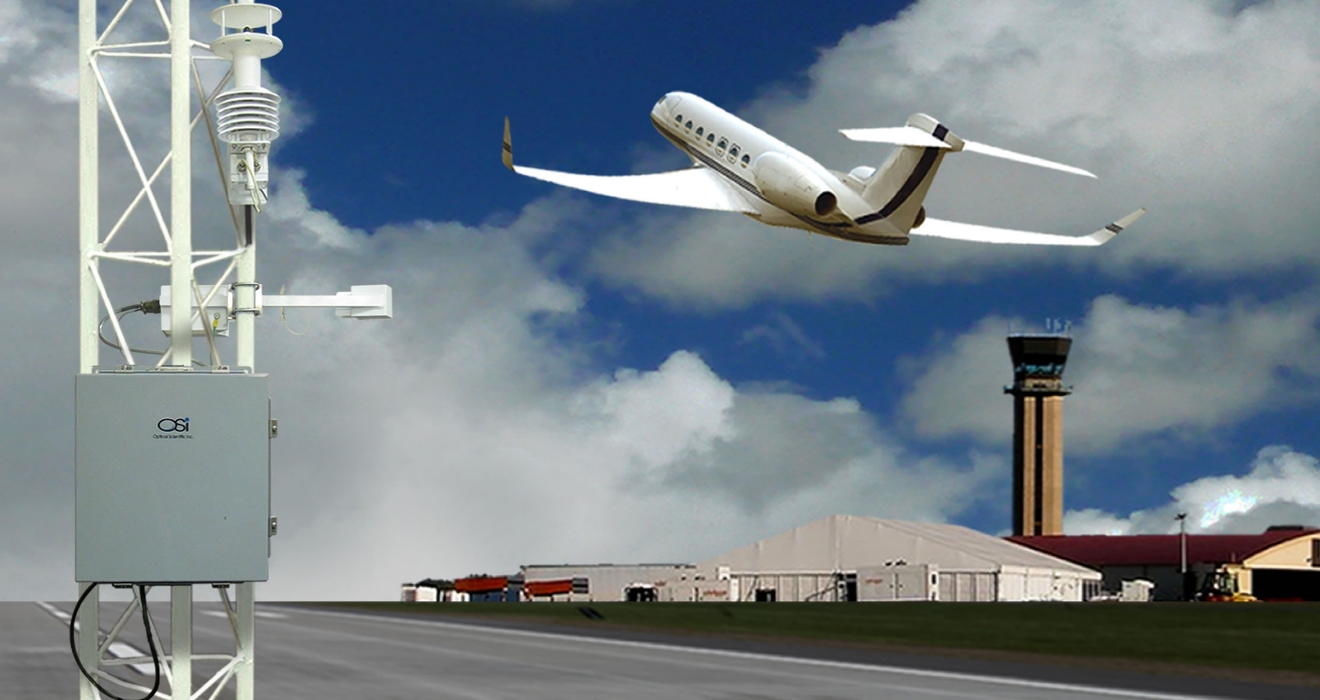What is the role of air quality sensors in modern weather stations for enhancing environmental monitoring?

Environmental monitoring is a crucial aspect of understanding and managing the impacts of human activities on the planet. Modern weather stations, traditionally focused on tracking meteorological parameters such as temperature, humidity, and wind speed, are now increasingly equipped with air quality sensors. These sensors play a pivotal role in enhancing environmental monitoring by providing real-time data on pollutants, thereby offering a more comprehensive understanding of atmospheric conditions. This article explores the significant role of air quality sensors in modern weather stations and how they contribute to environmental monitoring.
Understanding Air Quality Sensors
Air quality sensors are devices designed to detect and measure the concentration of various pollutants in the air. Common pollutants monitored include particulate matter (PM2.5 and PM10), carbon monoxide (CO), sulfur dioxide (SO2), nitrogen dioxide (NO2), ozone (O3), and volatile organic compounds (VOCs). These sensors come in various types, including electrochemical, optical, and laser-based sensors, each suited for detecting specific pollutants.
The data collected by air quality sensors is vital for understanding the state of the atmosphere and the potential health impacts on populations. Poor air quality is linked to respiratory and cardiovascular diseases, and it also has broader environmental effects, such as contributing to acid rain and harming ecosystems. By integrating air quality sensors into weather stations, we can monitor these pollutants in real time and take necessary actions to mitigate their effects.
Integration of Air Quality Sensors in Modern Weather Stations
The integration of air quality sensors into modern weather stations represents a significant advancement in environmental monitoring. Traditional weather stations focused primarily on meteorological data, but the inclusion of air quality sensors provides a more holistic view of environmental conditions. This integration allows for the simultaneous monitoring of weather and air quality, which is crucial for understanding the interactions between meteorological factors and pollution levels.
For instance, wind speed and direction, measured by anemometers, can influence the dispersion of pollutants. By analyzing air quality data alongside meteorological data, researchers can better understand how weather patterns affect air pollution. This integrated approach enables more accurate predictions of pollution episodes, such as smog or haze events, which are often influenced by weather conditions.
Furthermore, modern weather stations equipped with air quality sensors are often connected to networks that provide real-time data to the public and authorities. This data is essential for issuing timely air quality warnings and for making informed decisions about public health measures, such as advising vulnerable populations to stay indoors during high pollution periods.
Enhancing Environmental Monitoring through Data Collection and Analysis
The role of air quality sensors in enhancing environmental monitoring is closely tied to their ability to provide continuous, real-time data. This data is invaluable for tracking trends in air pollution over time and for assessing the effectiveness of pollution control measures.
In urban areas, where air pollution is often a significant concern, weather stations with air quality sensors can monitor changes in pollutant levels throughout the day. This monitoring is particularly important for understanding the impact of traffic emissions, industrial activities, and other human activities on air quality. By analyzing this data, cities can implement targeted strategies to reduce pollution, such as optimizing traffic flow, regulating industrial emissions, or promoting the use of public transportation.
In addition to urban monitoring, air quality sensors in weather stations are also used in rural and remote areas to track pollution from sources such as agricultural activities, wildfires, and dust storms. For example, during wildfire events, air quality sensors can detect elevated levels of particulate matter and harmful gases, providing critical information for public health advisories and firefighting strategies.
The data collected by air quality sensors also supports research into the long-term impacts of air pollution on human health and the environment. By correlating air quality data with health outcomes, researchers can identify patterns and develop strategies to mitigate the adverse effects of pollution. This research is essential for shaping environmental policies and regulations aimed at protecting public health and the environment.
Applications of Air Quality Data in Environmental Studies
Air quality data collected by modern weather stations is widely used in environmental studies, contributing to our understanding of atmospheric processes and the impact of pollutants on ecosystems and human health.
One key application is in climate research. Air quality sensors provide data on pollutants such as black carbon and ground-level ozone, which are known to contribute to climate change. Black carbon, for example, absorbs sunlight and heats the atmosphere, while ground-level ozone is a potent greenhouse gas. By monitoring these pollutants, researchers can better understand their role in climate change and develop strategies to mitigate their impact.
Another important application is in the study of ecosystem health. Air quality sensors in weather stations can monitor pollutants that affect vegetation, such as ozone and sulfur dioxide. High levels of these pollutants can damage crops and forests, leading to reduced agricultural yields and loss of biodiversity. By tracking pollutant levels, researchers can assess the impact of air pollution on ecosystems and develop strategies to protect natural resources.
In addition to these applications, air quality data is also used in public health studies. Researchers use this data to investigate the links between air pollution and respiratory and cardiovascular diseases, as well as other health conditions. This research is critical for developing public health policies and interventions aimed at reducing the health impacts of air pollution.
Conclusion
The integration of air quality sensors into modern weather stations has significantly enhanced our ability to monitor and understand environmental conditions. These sensors provide real-time data on pollutants, allowing for a more comprehensive assessment of atmospheric conditions and their impact on human health and the environment. By collecting and analyzing air quality data alongside meteorological data, we can better understand the interactions between weather and pollution and develop more effective strategies for managing air quality.
As the challenges of air pollution and climate change continue to grow, the role of air quality sensors in environmental monitoring will become increasingly important. By leveraging the capabilities of these sensors, we can take more informed actions to protect public health and the environment, ensuring a sustainable future for generations to come.
Optical Scientific, Inc. design and build the most advanced optical instruments in the world for measuring precipitation, air flow, turbulence, and visibility. For over thirty years we have been engaged in a constant research and development program to ensure our position as world leader. Our sensors and systems serve airports, highways, railroads, sea-borne vessels, smelters, power plants, refineries, and hundreds of other commercial and industrial sites around the world.

